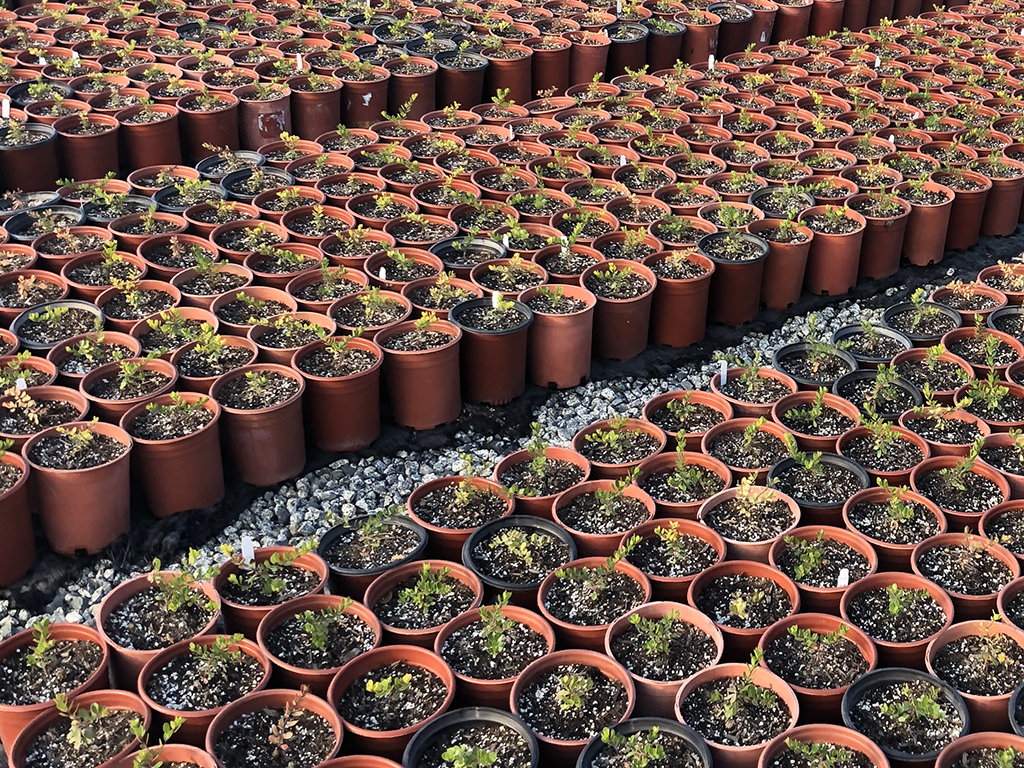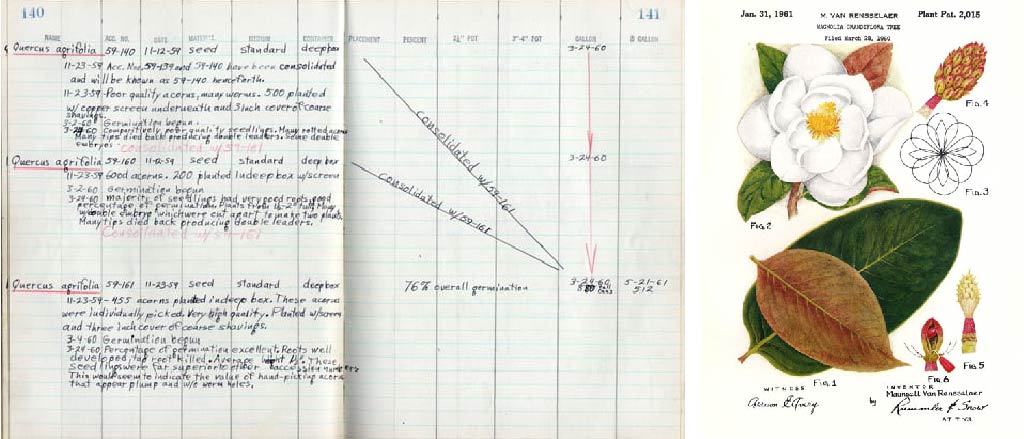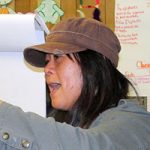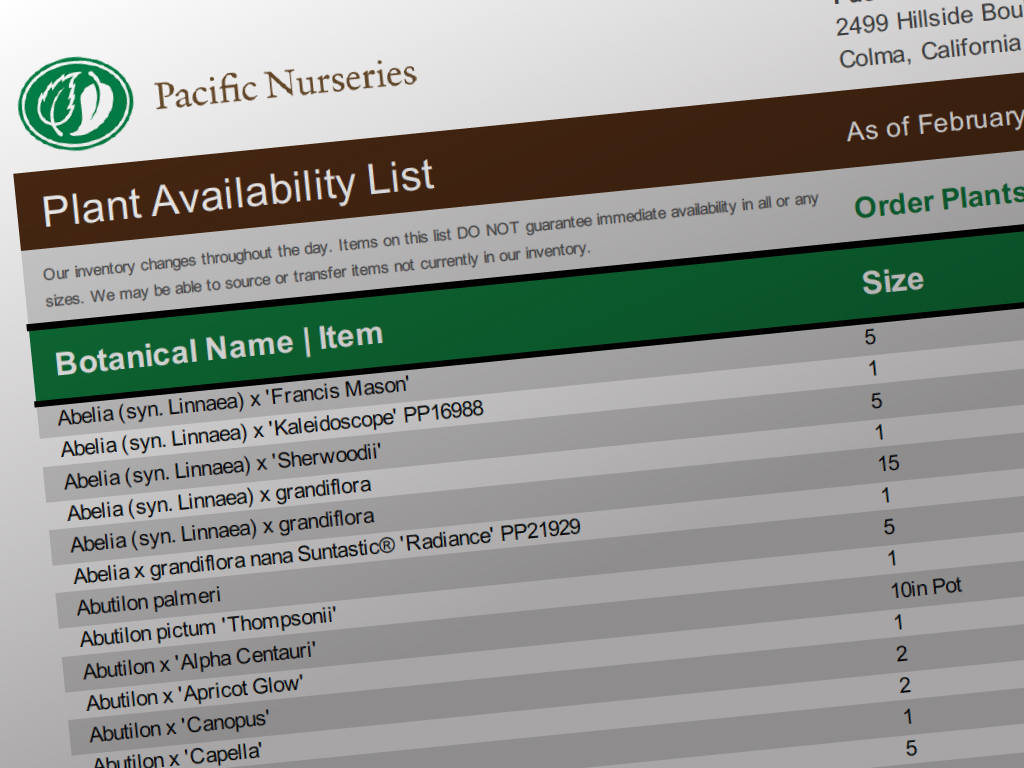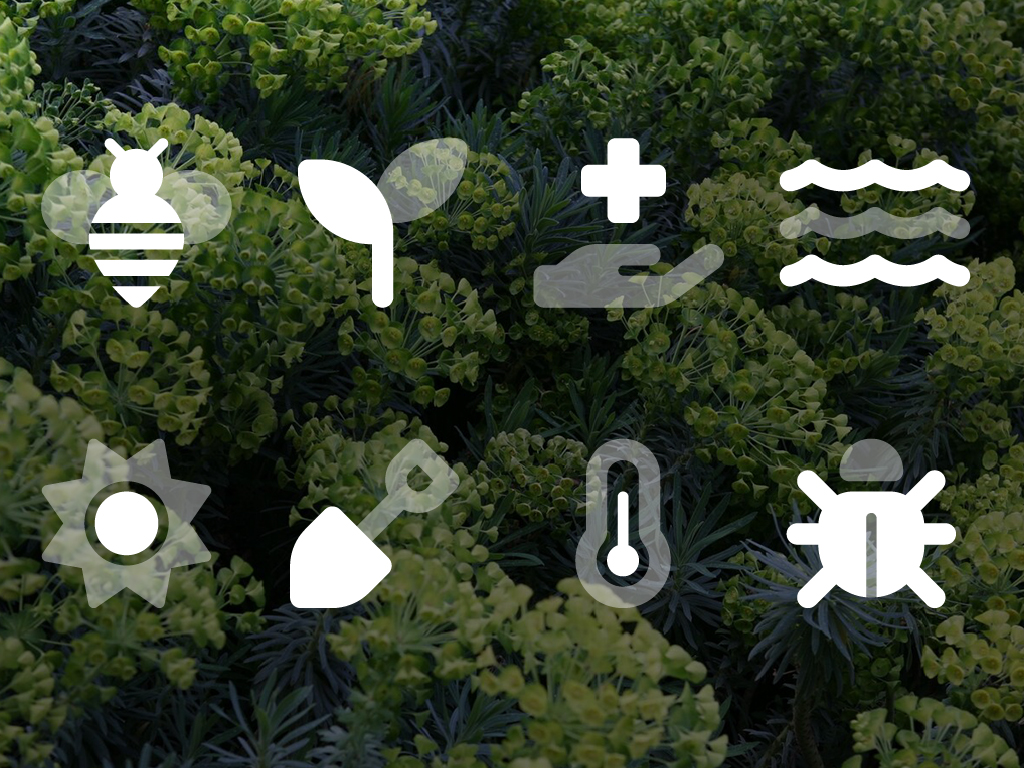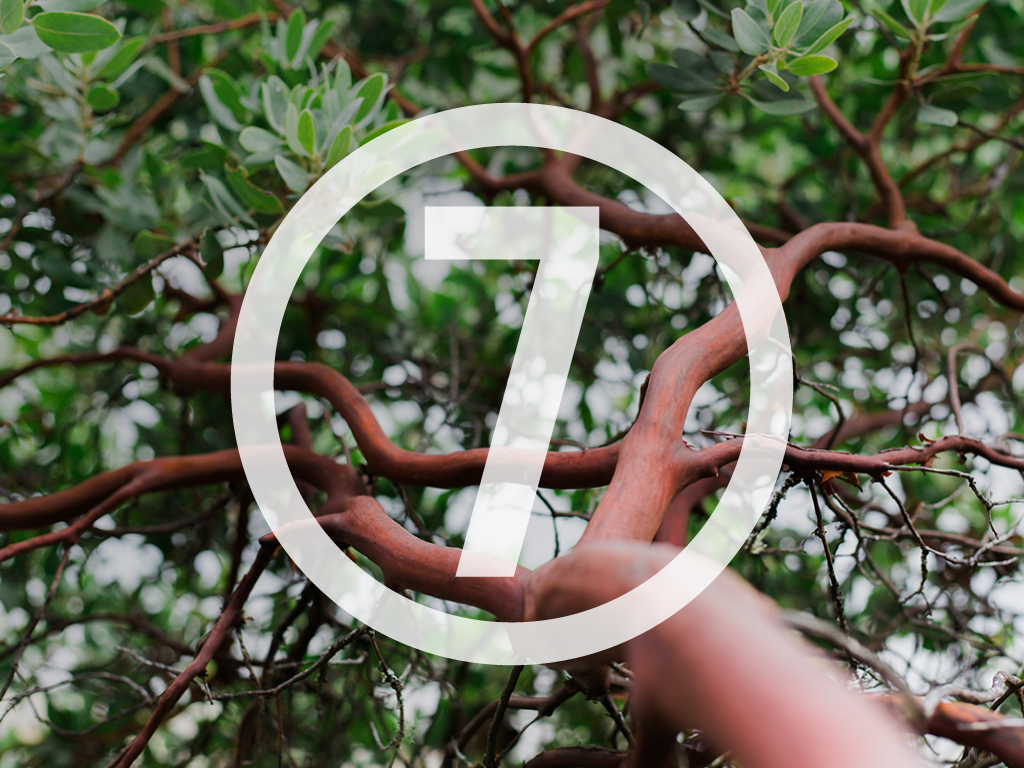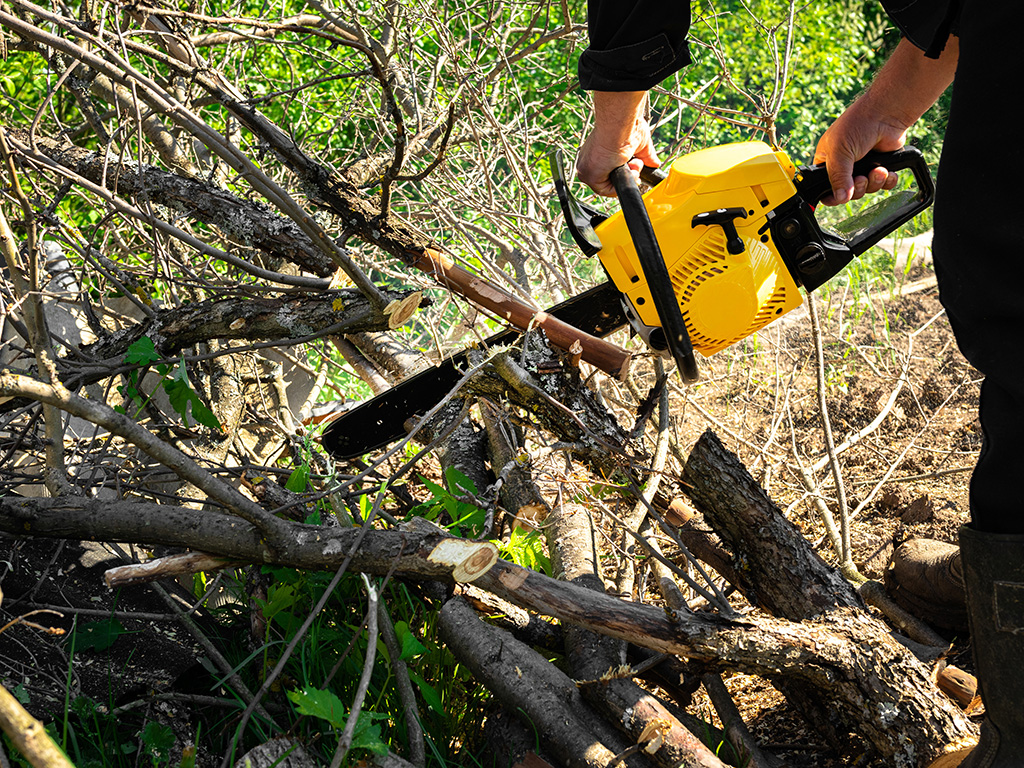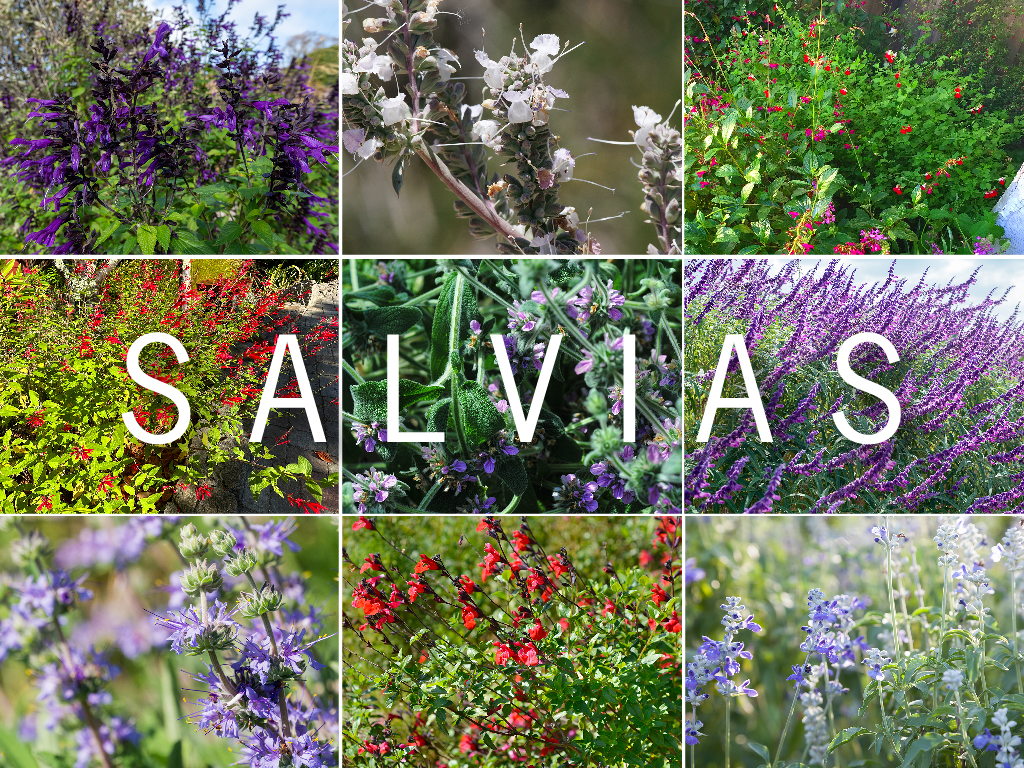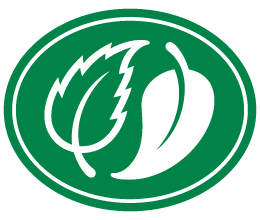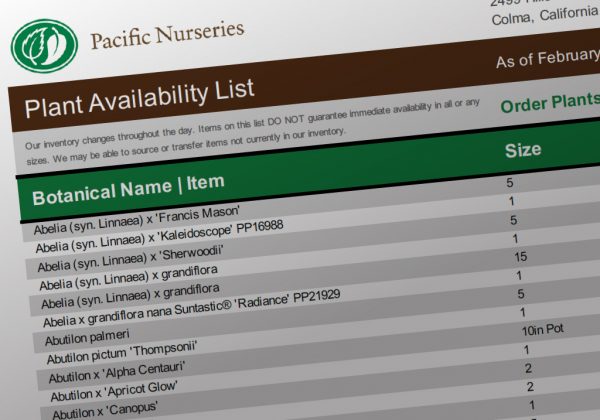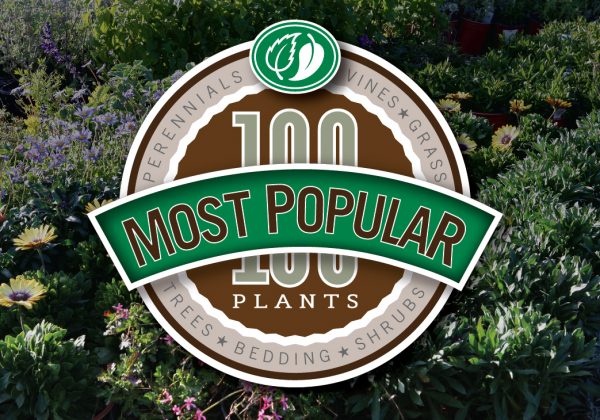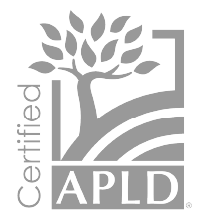Not too long ago, California native plants were considered weeds.
Back then, many plants in commercial nurseries were European descendants or eastern hybrids. The result was very few CA native plants were available in sufficient quantities for Bay Area Landscape Pros to integrate into their projects.
What’s more, many Landscape Pros had no idea why or how CA native plants could be used to make their landscapes more water efficient and summer-dry-tolerant. But due to the ongoing drought, the impact of climate change, and enhanced awareness from advocacy organizations and trade groups, California native plants have recently become sought-after additions in many Bay Area gardens and landscapes.
Back then, many plants in commercial nurseries were European descendants or eastern hybrids. The result was very few CA native plants were available in sufficient quantities for Bay Area Landscape Pros to integrate into their projects.
What’s more, many Landscape Pros had no idea why or how CA native plants could be used to make their landscapes more water efficient and summer-dry-tolerant. But due to the ongoing drought, the impact of climate change, and enhanced awareness from advocacy organizations and trade groups, California native plants have recently become sought-after additions in many Bay Area gardens and landscapes.
For reducing water use, sequestering carbon, and enhancing ecosystems that support local wildlife and habitat, CA native plants are hard to match. However, finding enough of just the right ones for a project in sufficient quantities is often taken for granted.

CA native plants everywhere
It’s now common for wholesale nurseries to introduce new, summer dry-tolerant and CA native plant cultivars every year.And while this is a positive development, understanding how CA native and summer-dry-tolerant plants have become widely available can be both enlightening and helpful for Landscape Pros seeking to educate customers and improve their plant knowledge.
“Using California native plants in the landscape provides food, water, and shelter for the birds, bees, and beneficial pollinating insects. Combining natives with other low-water use plants creates interest and color throughout the year while reducing the need for water and fertilizers in a diversified landscape.”
John Buchholz | Buchholz Landscaping Company
John Buchholz | Buchholz Landscaping Company
Propagation pioneers in search of repeatable success
In the early 1950s, a unique organization was formed to research and explore the opportunities, use, and development of CA native plants and trees for use in Bay Area landscapes.The Saratoga Horticultural Research Foundation | SHRF was the vision by renowned horticulturalist and nurseryman Ray Hartman. He engaged his longtime friend Maunsell Van Rensselaer, also a horticulturalist, and a handful of others interested in examining the possibility of establishing an experimental facility exclusively as a research organization with no commercial aspirations or profit-driven agendas.
SHRF was was formed as a foundation and was comprised of a diverse group of educators, landscape architects, nurserymen, scientists, and landscape contractors, all who shared the passsion to:
- | research, study + discover plants with the best potential for thriving in summer-dry conditions
- | select superior forms of CA native plants + trees
- | evaluate plant potential for nursery production
- | explore growing methods to produce sufficient quantities for ready availability
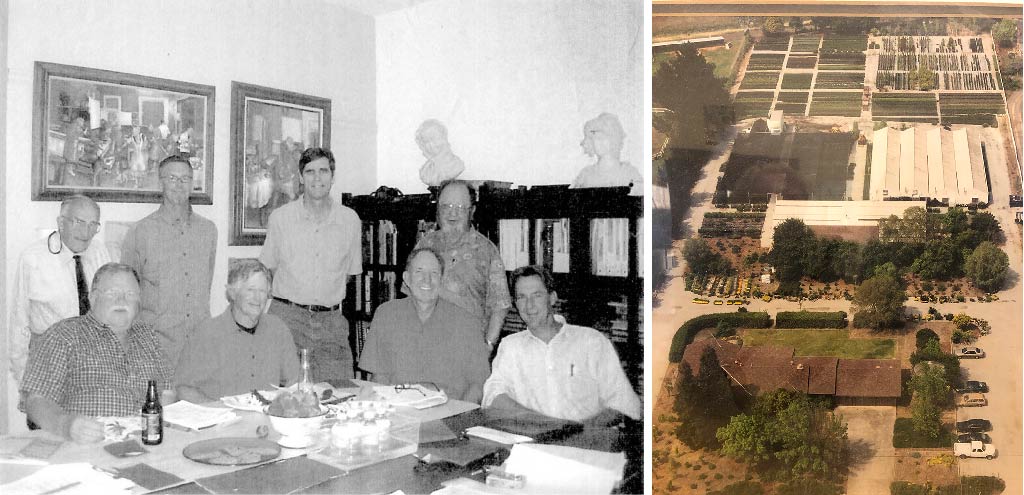
Decades of innovation, experimentation + documentation
For over 50 years, SHRF made significant advances in identifying, propagating, and growing the best CA native and summer-dry-tolerant plants that would thrive in Bay Area landscapes.In their work they used propagation methods that included:
- | cutting + grafting
- | seed starts
- | division
Because CA native plants have a low tolerance for standardized propagation methods, SHRF developed unique ways to address the significant challenge of getting them to consistently root.
By using cutting + grafting techniques that considered factors that included time-of-year, flowering season end, wide requirement variations for each CA native plant species, and hands-on experience of propagators, SHRF was able to produce higher yields of starting plants.
This outcome differed from other growers or nurseries that relied on more conventional practices for other types of plants and trees.
“California native plants can be particularly fussy about propagation and rooting. Only through persistent trial and error over decades have we been able to develop and grow these summer dry-tolerant plants with a level of confidence that they will succeed.”
Rosa Montemayor | Gabilan Growing Grounds Manager
Rosa Montemayor | Gabilan Growing Grounds Manager
SHRF developed and refined a set of proprietary techniques and specialized equipment that included:
The result of SHRF’s work enabled CA native plants to root faster and enhanced the opportunity for them to both survive and thrive in a commercial potted form. Interestingly, some starter plants that grew successfully to a 1 gallon size did not guarantee that they would survive in larger containers. This was all due to the individual characteristics of each CA native plant and its’ tolerance for cloning.
SHRF’s slowly developed work was documented to record valuable lessons learned and failures to avoid. All of their research is now archived at the University of California, Davis where horticultural students, faculty, and other researchers continue to build on and enhance the ground-breaking work that SHRF pioneered.
- | use of commonly available plant liners
- | specially blended growing medium optimized for CA native plants
- | heated benches providing constant elevated temperature for faster rooting
- | timed above ground mist for increased humidity
- | measured air-flow + consistent atmosphere exchange
- | multi-liner use to reduce failures + increase starter yields
- | transfer + trials to exterior conditions in larger container sizes + in-ground beds
- | documentation + recording of all of the above
The result of SHRF’s work enabled CA native plants to root faster and enhanced the opportunity for them to both survive and thrive in a commercial potted form. Interestingly, some starter plants that grew successfully to a 1 gallon size did not guarantee that they would survive in larger containers. This was all due to the individual characteristics of each CA native plant and its’ tolerance for cloning.
SHRF’s slowly developed work was documented to record valuable lessons learned and failures to avoid. All of their research is now archived at the University of California, Davis where horticultural students, faculty, and other researchers continue to build on and enhance the ground-breaking work that SHRF pioneered.
A bounty of popular dry-tolerant plants + trees
More than fifty cultivars of CA native and summer-dry-tolerant plants and trees were introduced to the nursery industry and to Bay Area Landscape Pros by SHRF.Roll over any of the images in the gallery below to discover some of the most popular plants that are credited to SHRF’s work.
Arbutus 'Marina' | Pacific Nurseries
Arctostaphylos densiflora 'Howard McMinn' | Pacific Nurseries
Scaevola 'Mauve Clusters' | Pacific Nurseries
Tristania laurina ‘Elegant’ | Pacific Nurseries
Ceanothus griseus var. horizontalis 'Yankee Point' | Pacific Nurseries
Liquidambar styraciflua 'Palo Alto' | Pacific Nurseries
Magnolia grandiflora 'Samuel Sommer' | Pacific Nurseries
Agapanthus africanus 'Storm Cloud' | Pacific Nurseries
Ceanothus 'Ray Hartman' | Pacific Nurseries
Correa ‘Carmine Bells’ | Pacific Nurseries
It’s easy to take for granted how these popular and proven plants became widely available to Bay Area Landscape Pros. But their marketplace success reflects the results of all of SHRF’s dedicated work.
“As more and more clients want drought-tolerant and pesticide-free landscapes, using California native plants helps us achieve that goal. I LOVE integrating them into landscapes because they are low maintenance and provide a never-ending show of seasonal beauty.”
Cris Cruz | LandSpaces
Cris Cruz | LandSpaces
Continuing a legacy of innovation for native plant availability
Years ago, as SHRF’s original operating endowment was diminishing, they considered winding down operations. But in the early 1990s, Don Baldocchi, who was a member of SHRF, acquired their facility and proven propagation methods.He saw the opportunity to include the Gabilan Growing Grounds and their work as key components to making California native plants readily available to Bay Area Landscape Pros. The result is the Pacific Nurseries Gabilan Growing Grounds where CA native plants are born and bred from the ground up.
At this modest-size facility in San Martin, we continue to develop and clone summer-dry-tolerant varieties of plants—including CA natives—using the proven practices and production techniques that SHRF pioneered.
The ongoing work and experimentation at Gabilan provides a continuous pipeline of tens of thousands of CA native plants every year that are optimized for the unique micro-climates and conditions of the Bay Area.

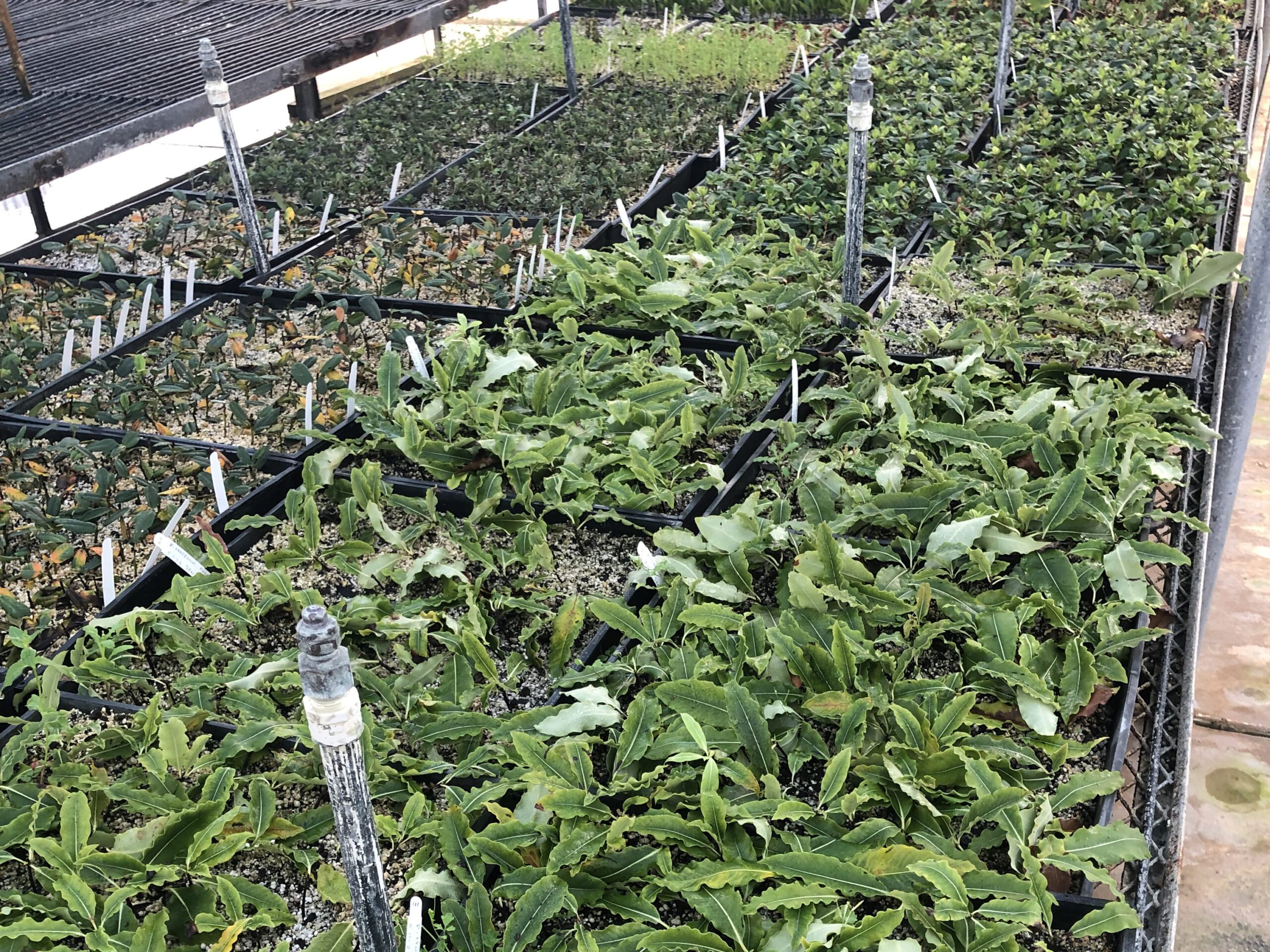
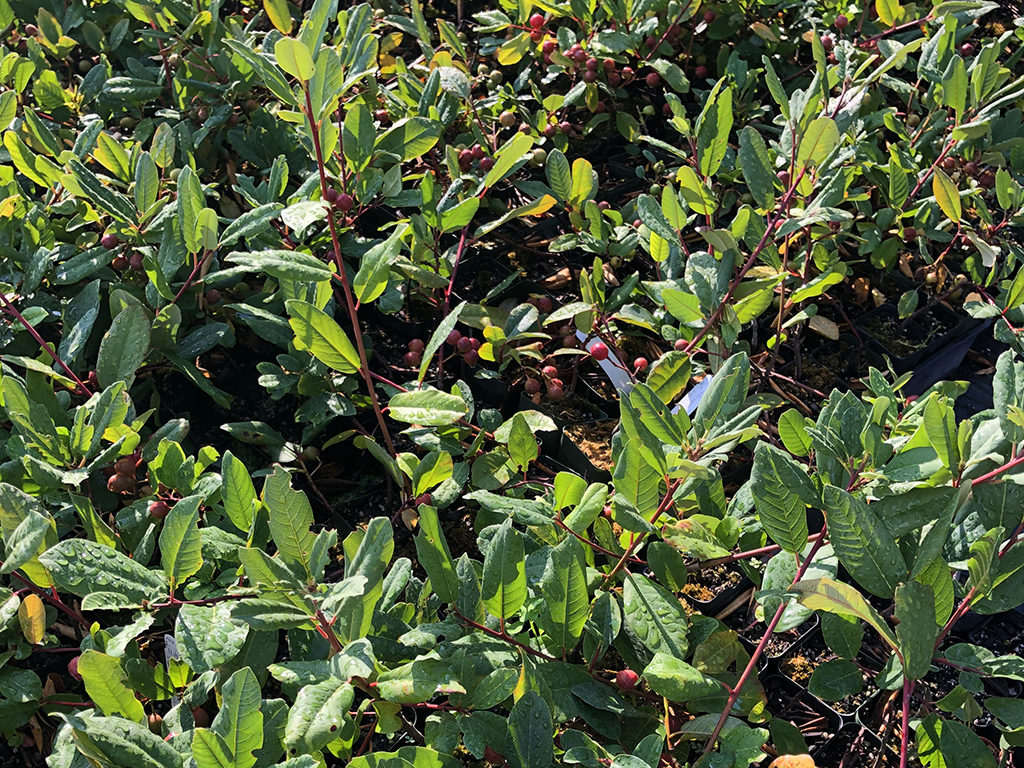
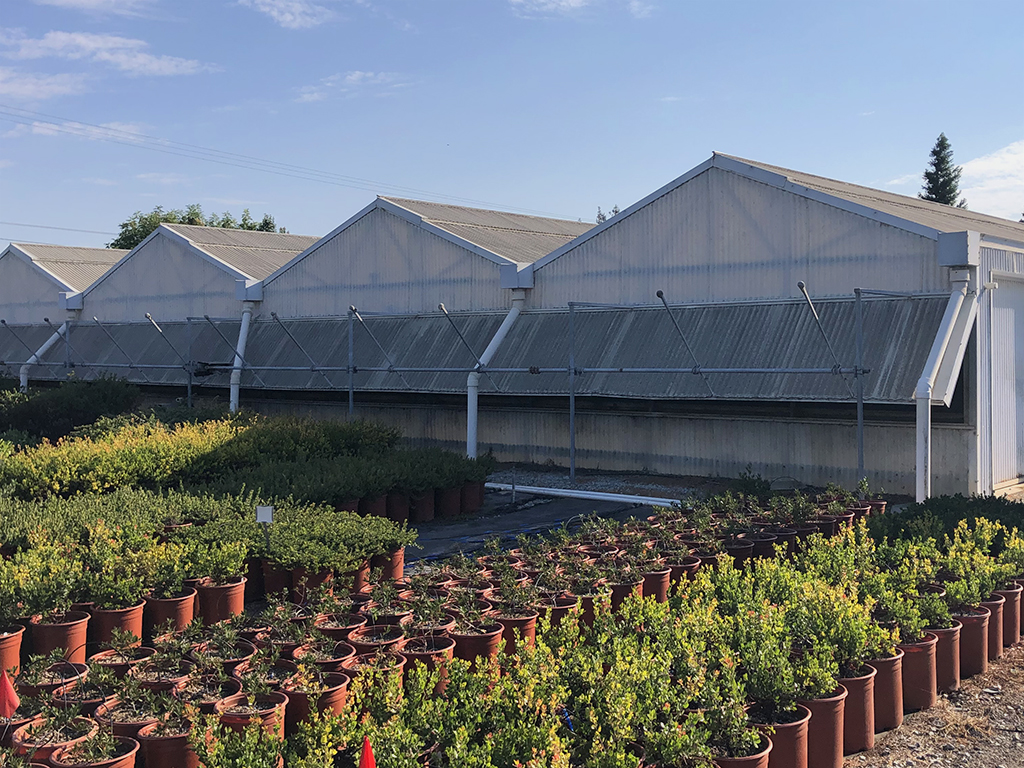
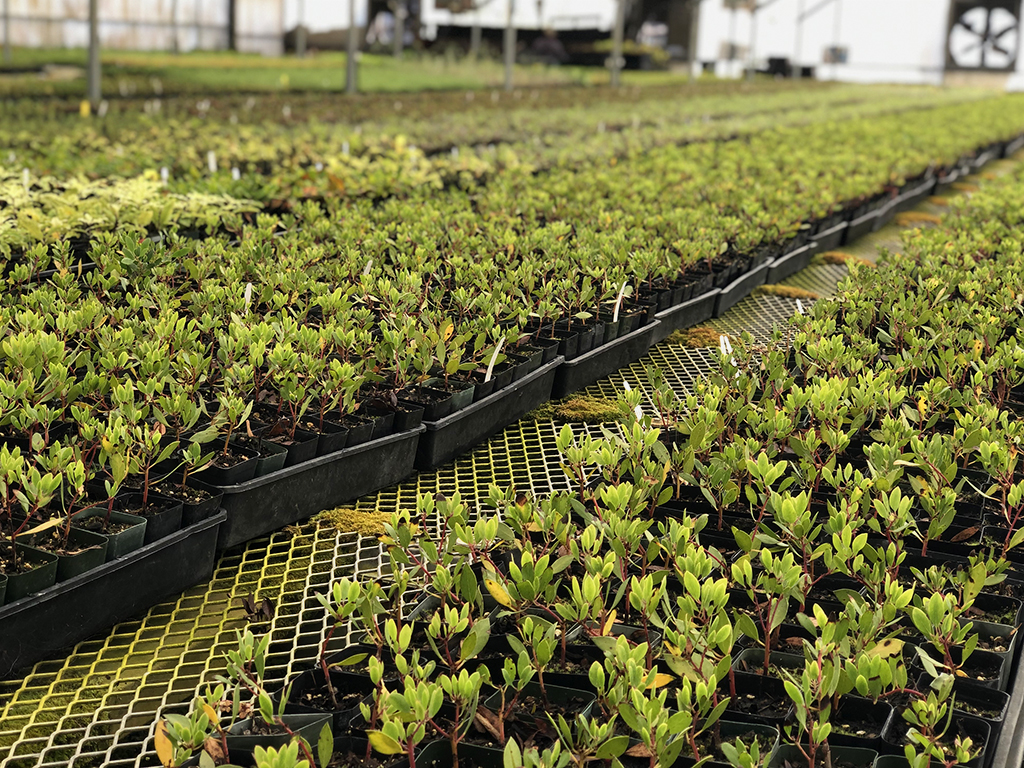
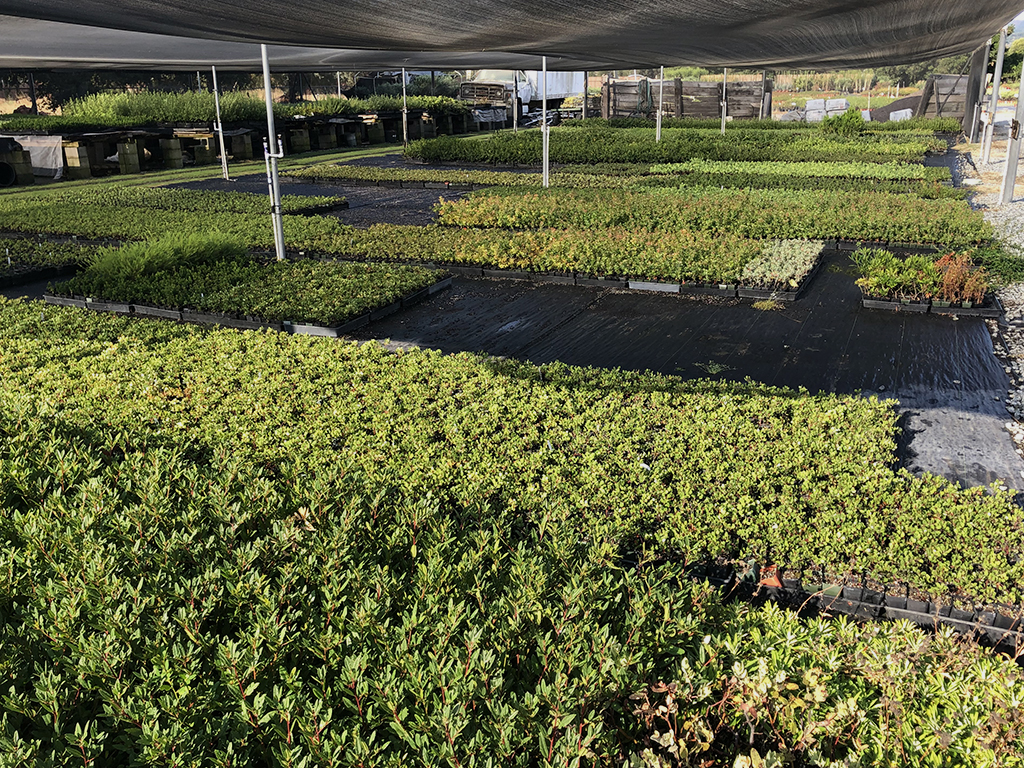
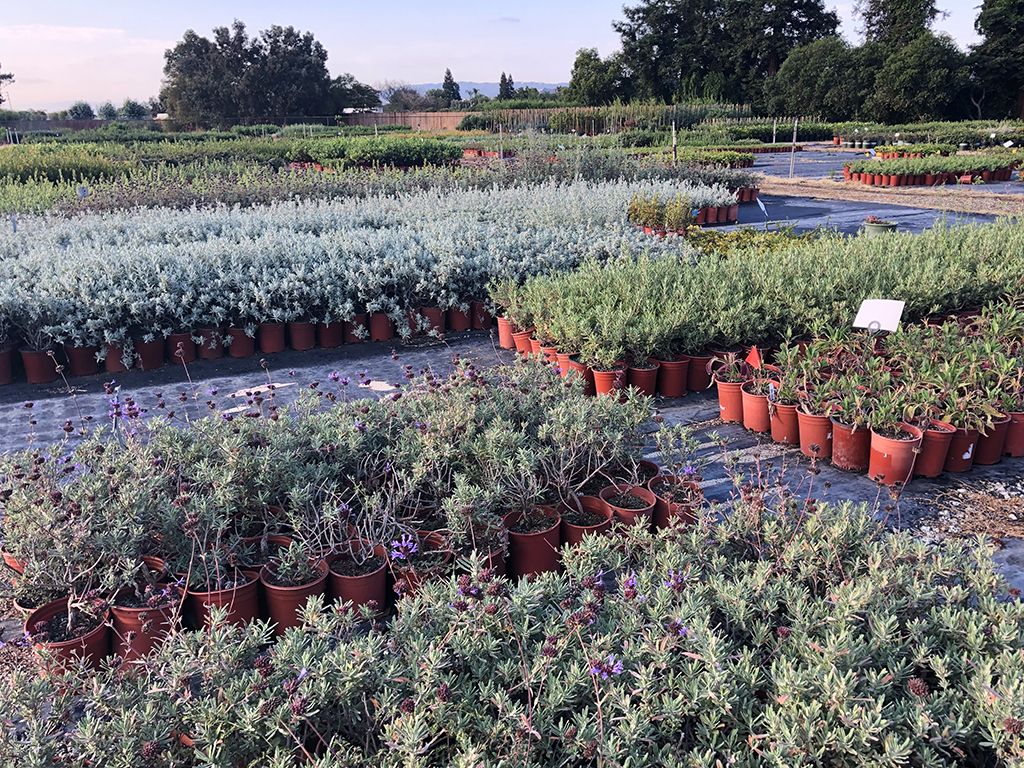
At the Gabilan Growing Grounds, we strive to produce both the most popular as well as unusual CA native plants sought after by landscape professionals and their customers. And we continue to test and conduct trials to uncover the next generation of summer dry-tolerant plants that are not yet widely available.
The feedback and demand that we experience daily guides our selection and focus on which CA native plants that our customers are looking for.
With the addition of Gabilan Growing Grounds, we integrate all stages of plant development from seedlings to large, boxed trees. The result is an ever-growing selection of summer-dry-tolerant and CA native plants available to Bay Area Landscape Pros.
The feedback and demand that we experience daily guides our selection and focus on which CA native plants that our customers are looking for.
With the addition of Gabilan Growing Grounds, we integrate all stages of plant development from seedlings to large, boxed trees. The result is an ever-growing selection of summer-dry-tolerant and CA native plants available to Bay Area Landscape Pros.
“If the client is open to it, I always include as many CA natives as possible. Not only are they low maintenance, but their use is essential for helping our customers convert their landscapes to drought-tolerant environments.”
Rebecca Eling | Rebecca Eling Landscape Design
Rebecca Eling | Rebecca Eling Landscape Design
CA native plants born + bred for your project available now
If you want to learn more about popular or unusual CA native plants and their availability, just contact one of our experts online at Pacific Nurseries. Or just give us a call at 650.755.2330. You can also check out our Plant Availability List. This comprehensive list is updated weekly and it will tell you plant sizes, quantities, and details about what’s available for sale right now at our Colma location. And if you don’t see what you’re looking for, let us know and we’ll do all that we can to get you all the plants that you want, when you need them.
As both a grower and a plant broker, we’re ready to work with you to provide just the right plants that will make your project a success with your clients.
We can also provide an Estimate for one item or for an entire installation. Just attach your Microsoft Excel .xlsx plant list to our ONLINE ESTIMATE | ORDER FORM.
We can also provide an Estimate for one item or for an entire installation. Just attach your Microsoft Excel .xlsx plant list to our ONLINE ESTIMATE | ORDER FORM.
As Chief Executive Officer of Pacific Nurseries, Will Baldocchi focuses on operations management, sales, and how to improve the customer experience at Pacific Nurseries. He also continues a proud family tradition of helping Bay Area Landscape Professionals succeed with high-quality landscape material and great service. Email Will or give him a call at 650.755.2330.

